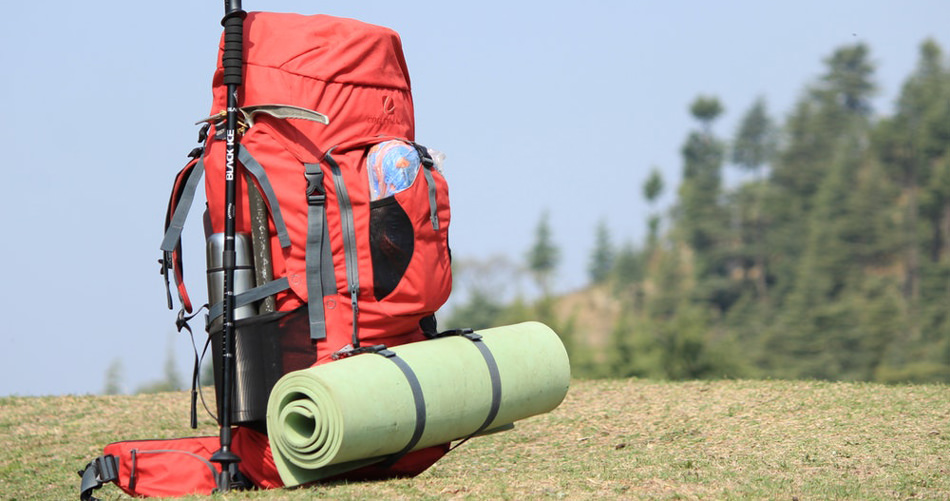
It’s time to stop putting off that camping trip you’ve been meaning to take and just go for it. First things first, you need the proper gear before you set out. Otherwise, you might be in for a world of discomfort and potentially some danger.
In this camping and outdoor gear guide, we’re going to walk you through the essential tools and items you need to take with you. What you need to carry depends on whether you’re going ‘camping’ or ‘backpacking’. Camping usually means that you’re driving to a base camp and then setting out on small hikes from there. In that case, you can usually bring more items with you may be a thermos even as there’s no need to always need to carry them around.
If you’re going backpacking, on the other hand, you’ve got to set up camp with what you’ve got in your backpack. Hence, it’s always best to bring portable equipment.
Tent Gear
Unless you plan on sleeping out in the open, risking bugs, mosquitoes, and rain, you need to bring a tent. Tents come in several different types and sizes. For instance, cabin tents are large enough to house six to twelve people, with high ceilings that allow you to stand upright.
In contrast, dome tents are only big enough to house one or two people. Tents can also be categorized into three-season and four-season. The latter is made up of more durable material which can withstand even snowdrifts.
In addition to the tent itself, you’ll also need stakes, tie-downs, poles, and tarps to do the pitching. However, you may not need all of this if you purchase an instant tent.
A Sleeping Bag
Similar to tents, you also have a variety of choices when it comes to sleeping bags. You’ll have different options when it comes to weight and the amount of insulation. You should pick one based on the terrain and the temperature of the camping spot. Most likely, you’ll have to spend at least $200 if you want a decent one.
A Backpack
Backpacks are indispensable when you’re going backpacking but not necessarily if you’re only camping. However, if you do plan to go out hikes while you’re camped, then it’s best to bring one along.
There are three main size-categories for backpacks: day packs, overnight and long haul. As you can guess, long haul is the largest size and is meant to store all you need for multiple days outdoors. In contrast, day packs are only suitable for small excursions, where you don’t plan on spending the night outside.
Flashlights
Flashlights are a must even if you don’t particularly plan on heading out at night. You might still need to use them in a pinch, like having to adjust something in your tent in the middle of the night or do some emergency foraging. Some campers tend to carry headlamps or LED lights with them when they anticipate that they’ll need more power. For instance, if it’s going to be dark by the time you get to the campsite, a headlamp or a lantern can provide a ton of light for you to get things set up safely.
Tons of Water
In most campsites, you’ll have plenty of access to fresh water but it’s always good to bring some along with you. When you’re backpacking, it’s not practical to rely entirely on just the bottles of water you bring. A more reliable option is to bring along a portable water filtration system. A cheaper and more portable alternative is iodine tablets, which can purify water from lakes, streams, and rivers.
First Aid Kit
When you’re outdoors, you may have to deal with falls, scrapes, cuts, blisters, bug bites and more. Hence, it’s best to have a good stock of bandages, gauze, and aspirin as the bare minimum. In addition, you also want to throw in some moleskin and some bug spray.
Proper Shoes
Sneakers should be fine for most camping scenarios. However, if you’re going on an extended trip and plan to do a lot of hiking, then you’ll need something more comfortable and stronger.
Boots and shoes made especially for hiking have plenty of padding on the interior and have tough soles for treading on rough terrain. Hiking boots are definitely the sturdiest option but the drawback is that they’re heavy and can tire your legs after a while. Trail runners are lighter but they don’t really give you as much traction or support to your ankles. Hiking shoes are somewhere in between (they’re lightweight while also giving great traction), making it the preferred choice in most cases.
A Physical Map
GPS is convenient but there’s no guarantee that you’ll have uninterrupted service while you’re outdoors. Hence, it’s always good to have a good old fashioned paper map to fall back. You can typically purchase them from a ranger station at the campsite or print them online.
There are tons more camping equipment you can bring on your trip but chances are you won’t actually need them. On the other hand, those listed above are essential and you shouldn’t leave your house without them.




